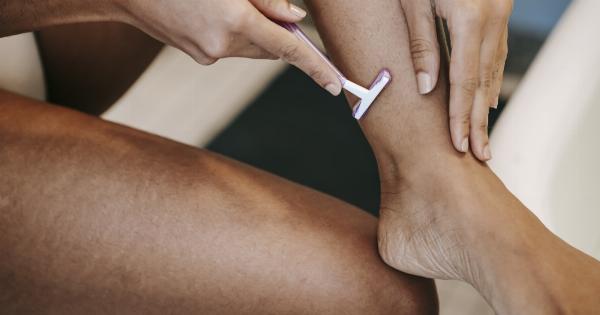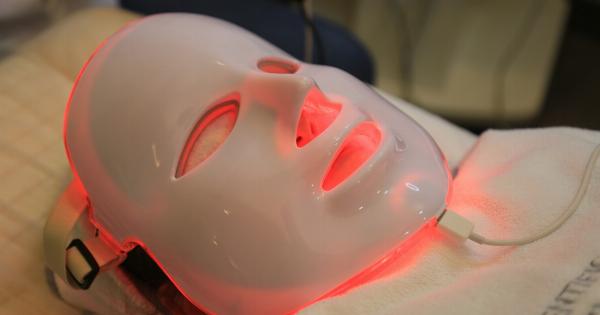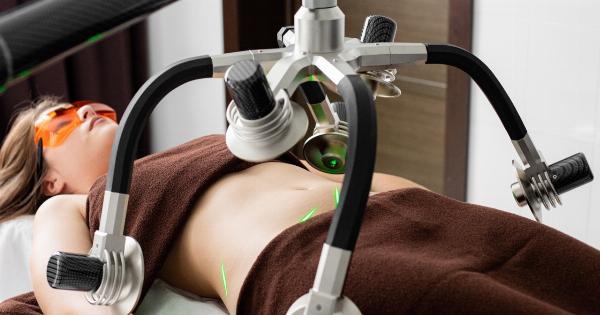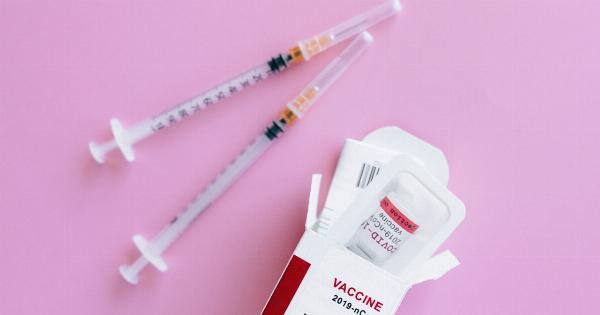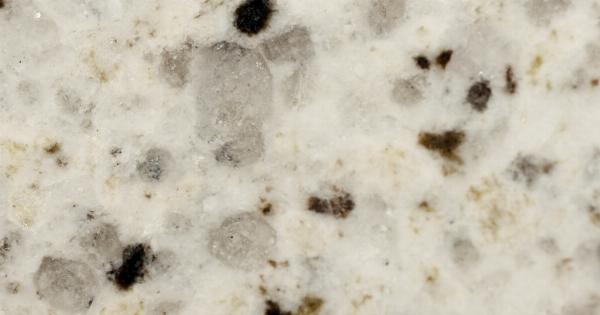Stretch marks are a common problem among men and women of all ages. They usually appear as lines or streaks on the skin that has been stretched too quickly or for a prolonged period. Stretch marks can be of different colors, such as red, purple, or white.
They usually fade with time after they appear. However, white stretch marks are stubborn and more challenging to get rid of.
What Causes White Stretch Marks?
White stretch marks are formed when the skin’s elasticity is compromised due to stretching. The loss of elastin and collagen in the skin results in the formation of white lines or streaks.
Stretch marks are usually caused by rapid weight gain or loss, pregnancy, hormonal changes, and genetics.
How to Prevent White Stretch Marks?
Preventing white stretch marks may not be entirely possible, but steps can be taken to help minimize their appearance. Some tips for preventing white stretch marks include:.
- Maintain a healthy and balanced diet
- Drink plenty of water to keep the skin hydrated
- Exercise regularly to promote skin elasticity
- Use creams or lotions rich in vitamins A, C, and E to promote skin elasticity
- Avoid rapid weight gain or loss
- Use sunscreen to protect the skin from UV rays
Treatments for White Stretch Marks
While preventing white stretch marks is ideal, there are various treatments available to help get rid of them. Some treatments for white stretch marks include:.
1. Laser Treatment
Laser treatment is a noninvasive procedure that uses pulses of light to promote collagen growth in the affected areas. The laser helps to stimulate the production of collagen, which helps to reduce the appearance of white stretch marks.
However, it may take several sessions to achieve the best results.
2. Microdermabrasion
Microdermabrasion is a noninvasive procedure that uses a diamond-tipped wand to remove the top layer of dead skin cells.
The procedure helps to exfoliate the skin and promote the production of collagen, which helps to reduce the appearance of white stretch marks. It may take several sessions to achieve the desired results.
3. Chemical Peels
A chemical peel is a procedure that uses a chemical solution to remove the top layer of the skin, revealing fresh and new skin underneath. The procedure promotes collagen production, which helps to reduce the appearance of white stretch marks.
It may take several sessions to achieve the desired results.
4. Retinoid Creams
Retinoid creams are a type of vitamin A cream that helps to promote collagen production in the skin. The cream helps to reduce the appearance of white stretch marks by making them less noticeable.
Retinoid creams may take several weeks or months to start showing positive results.
5. Moisturizers and Lotions
Moisturizers and lotions can also help to reduce the appearance of white stretch marks. Products containing cocoa butter, shea butter, and hyaluronic acid can help to hydrate and moisturize the skin, making the stretch marks less noticeable.
However, it may take several weeks or months for the moisturizers and lotions to start showing results.
Conclusion
White stretch marks can be stubborn and challenging to get rid of, but with the right treatment and preventive measures, they can be minimized.
Laser treatment, microdermabrasion, chemical peels, retinoid creams, and moisturizers and lotions can all help to reduce the appearance of white stretch marks. However, it’s always best to consult with a dermatologist to determine the best treatment option for your specific needs.








